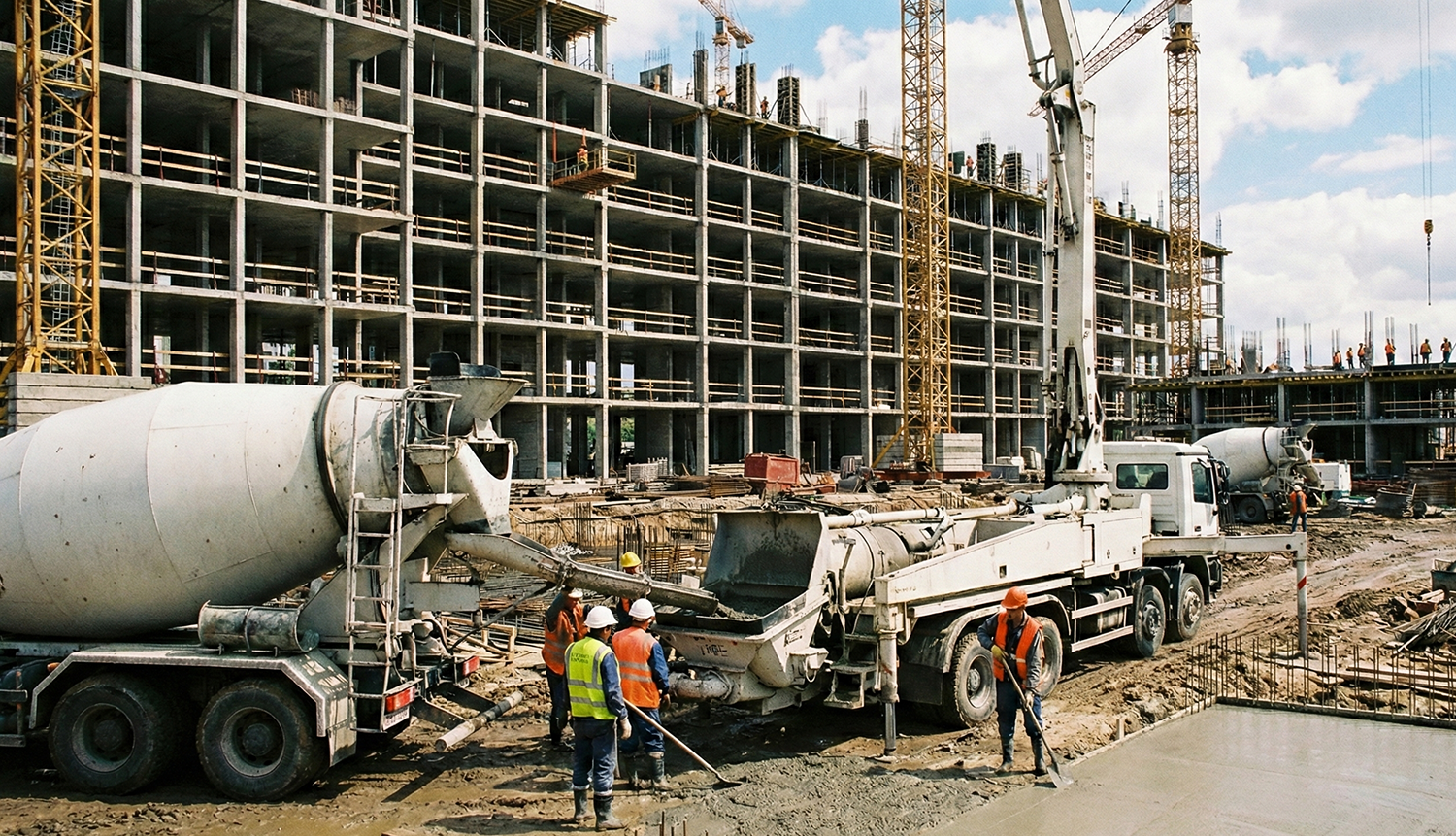How You Manage Vendor Quotes Can Lead to Higher Material Costs

A staggering 20% of contractors today request only 1 or 2 quotes from vendors before buying materials for their projects. This can mean missing an average of 10% in cost savings resulting in lower project margins.
How It Works Today
Field Materials conducted a survey with SWACCA in 2022 that revealed that the majority of contractors request 3-4 quotes before choosing a vendor to buy materials from. However, there are still 20% of contractors that request only 1-2 quotes. Let's have a closer look at how contractors today manage their quoting process and what can be improved.
Quoting usually starts during pre-construction. Before the project is awarded, contractors request a quick quote from a single vendor to get a rough estimate for material costs needed to submit a bid. Some contractors may not even request quotes at all at this stage and use the vendor price lists to calculate materials costs.
Once the project has been awarded, the project estimates have to be re-done. The original quote may have also expired by then. So, contractors need to update the bill of materials and request new quotes.
How do contractors submit quote requests?
Purchasers, Estimators, and Project Managers (PMs) usually request quotes from vendors by emailing a spreadsheet listing materials, quantities, and units of measurement. Vendors often have questions before submitting the quote and contractors may make changes in response to these questions.
ISSUE: Current process that relies on emails and phone calls makes it hard to track any changes to quotes and communication with vendors. Later on, if there is ever a question about the agreed-upon manufacturer or price, contractors have to look for a specific email or text message where this was discussed.
How do contractors receive and analyze quotes?
Vendors email their quotes back as spreadsheets or PDFs. It is not uncommon to even receive them as scanned documents with handwriting. Vendor quotes often use descriptions of materials that are different from the ones the contractor requested.
ISSUE: Analyzing such quotes requires Purchasers or PMs to create spreadsheets to compare prices side-by-side. Creating such spreadsheets requires manually entering vendor quotes in the same format. This can take many hours depending on the number and type of quoted materials. Just think of doors or light fixtures with many individual components and several alternatives for each item! This can quickly become overwhelming!
What can be improved?
- Don’t limit yourself to the 1-2 vendors that you know. Market conditions always change as we have seen with the recent challenges in the supply chain. Request at least 3 quotes before deciding on a vendor. While reputation and track record are important, most vendors provide comparable services. Their prices and availability of materials, however, do vary.
- Use specialized procurement software to automate quote requests and standardize the quotes you receive from vendors so that analysis becomes simple. More importantly, the software will capture the entire communication trail and will ensure prices are correct when you place orders from buyouts (accepted quotes). This will help you save a lot of time and material costs.
Field Materials makes requesting and analyzing material quotes extremely fast and easy. With Field Materials, you can easily request quotes from multiple vendors, receive quotes in the same format, and rely on powerful AI to analyze and suggest the best options. Once you accept a quote, our software will ensure correct prices are applied when you request project deliveries. Our data shows that Purchasers and PMs can generate 5-10% in material cost savings by leveraging our software.




